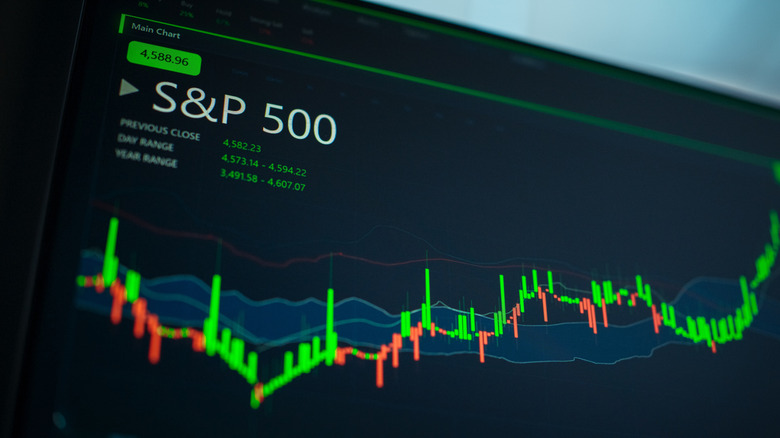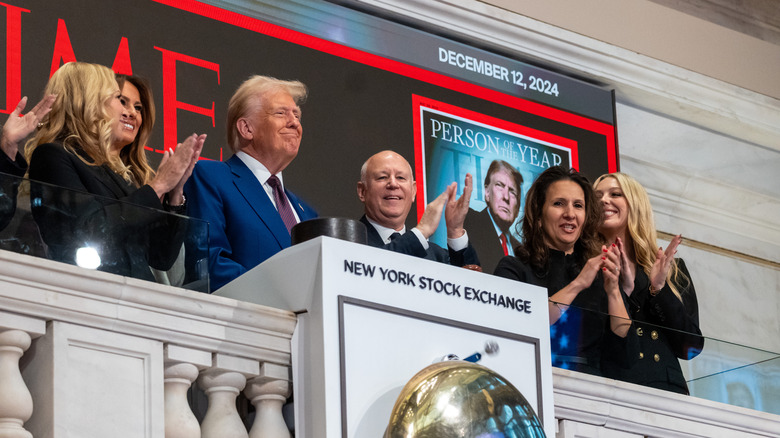If You Invested $1,000 In The S&P 500 10 Years Ago, Here's How Much Money You'd Have Today
The U.S. S&P 500 Index has a deserved reputation for being a broad bellwether of the performance of the American economy. Over longer term timeframes, this index generally delivers superior returns as compared to professionally managed investment portfolios. This is especially the case when investors take into consideration the fees and taxes involved with professional management.
The strength of S&P 500 index investing lies in avoiding the pitfalls of market timing, stock selecting, and active trading that generate commissions and fees. Its genius as a strategy lies in the built in diversification of the index. This is a benefit that other narrower indices and individual investing techniques fail to deliver.
If you had invested a flat $1,000 as a lump sum in the S&P 500 when 2015 began, in mid-December 2024 you would have roughly $3,212. The returns assume that you chose to reinvest all dividends. It amounts to a substantial 221.15% total return, equating to a 13.19% gain a year on average, per information compiled by OfficialData.org. It is one of the secrets the wealthy use to protect and grow their fortunes.
How the market performed over longer periods on average
The S&P 500 has not only done well over the last 10 year period but also over longer time frames on average. For example, looking at the period from 1950 to 2023, the S&P 500 index returned an average of 11.34% on an annualized basis, per Investopedia. Using this long-term strategy would have helped you through the periodic market corrections along the way.
This index performs similarly well if you look at average 20-year periods. Consider that the average annual return of the market since it began amounts to 6.86% yearly adjusted for inflation. Extrapolating this return on an average 20-year period means that a $1,000 investment would have increased to $3,400 on average over 20 years, according to Investopedia. Such a hypothetical period return works repeatedly thanks to the broad mix of sectors whose gains offset losses in other areas, ranging from consumer discretionary to technology.
Legendary Berkshire Hathaway investing founder Warren Buffett backs up the power of the S&P 500 index to outperform even successful professional money managers and strategies. In one of his closely followed yearly letters to shareholders (from 2013), Buffett revealed an excerpt taken from his will stipulating that his children's inheritance be put into an S&P 500 Index fund. He argued that the "long-term results from this policy will be superior to those attained by most investors—whether pension funds, institutions, or individuals who employ high-fee managers."
Superior S&P 500 returns come from upfront investing versus dollar-cost averaging
Another point worth considering is whether $1,000 placed in the S&P 500 over the last 10 years performed better if you put it in as a lump sum or invested through monthly dollar-cost averaging. Remember if you had started with $1,000 using the lump sum upfront strategy at the start of 2015, you had approximately $3,212 as of mid-December 2024.
For those who employed the monthly dollar-cost averaging approach over this time period, the end result amounted to $3,076, per data compiled by OfficialData.org. An investor would have done $136 better in the 10 year period simply by putting the money into the S&P 500 index upfront. The difference is a superior 4.4% gain for those who have the $1,000 investment available upfront.
A $1,000 lump sum investment in the S&P 500 also did well when compared against inflation. Per OfficialData.org, the 10-year inflation adjusted returns measured from the start of 2015 equated to 141% cumulatively for 9.8% a year, even with the extraordinarily high inflation included since 2020. The S&P 500 outshines its competition almost consistently, and it is hard to argue with such success.


